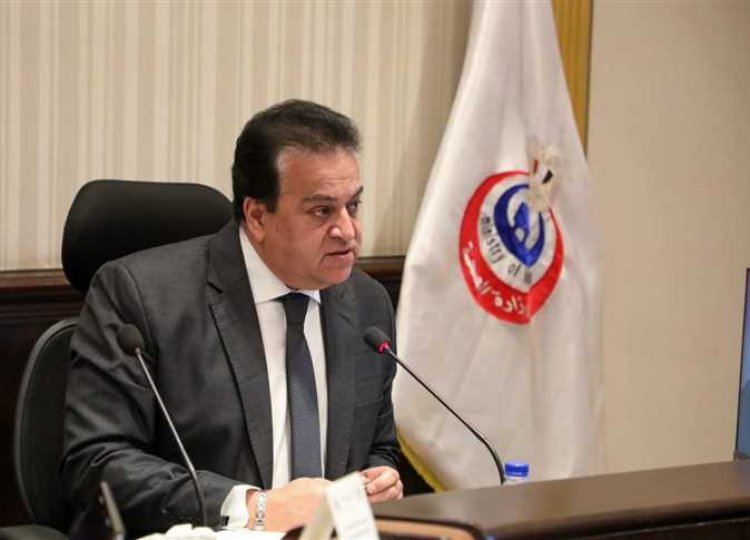10 information about respiratory syncytial virus
The virus poses a danger to newborns up to the age of 6 months, especially those who suffer from respiratory diseases or chronic diseases

The Minister of Health and Population, Dr. Khaled Abdel Ghaffar, confirmed that there are no serious symptoms of the respiratory syncytial virus, as it is similar to the role of a cold, and is from the family of respiratory viruses.
During a press conference held by Dr. Khaled Abdel Ghaffar, he said: "The virus poses a danger to newborns up to the age of 6 months, especially those who suffer from respiratory diseases or chronic diseases."
He pointed out that the symptoms of infection with the virus are broken bones, congestion, coughing and high temperatures, and the incubation period for the virus ranges from four to six days.

He stressed that schools will not be closed due to the respiratory syncytial virus, but he advised students who are proven infected with the virus not to go to schools, indicating that precautionary measures reduce infection rates from 70% to 20%, pointing out that the ministry has 27 medical facilities in all governorates to monitor diseases and viruses.
The most prominent statements of Dr. Khaled Abdel Ghaffar regarding the respiratory syncytial virus
1- The syncytial virus is not new, as it was discovered since 1956, and it is one of the viruses that infect the respiratory system.
2- The virus has respiratory symptoms and its spread increases with the onset of winter, stressing that children under the age of 6 months to two years are the most vulnerable group to infection with this virus.
3- The incubation period of the disease ranges from 4 to 6 days, and may reach up to two weeks, then symptoms appear on the patient.
4- Newborns, less than 6 months old, and children who suffer from diseases or immune diseases, are the most vulnerable to severe symptoms, while the pathological symptoms continue with children from two years to 5 years.
5- Children under two years old are the most common category in infection rates, as surveys were conducted in the internal departments of 21 children's hospitals, according to genetic sequencing and PCR tests.
6- The symptoms of infection are: difficulty breathing, fever, runny nose, vomiting, and sore throat, stressing that a doctor should be visited when symptoms appear.

7- There is no antibiotic to treat this disease because it is “viral” and not “bacterial”, and there is no vaccine for it yet, due to the periodic change in the virus’s proteins.
8- There is a treatment that is given to children at a young age, stressing that the most important methods of treating minor symptoms are home comfort, and the use of fever reducers as per the doctor’s instructions.
9- If any symptoms appear on the child, he must be taken to the hospital immediately.
10- Washing hands frequently, constantly cleaning surfaces, ventilating rooms well, not kissing children at such times, drinking plenty of fluids, eating foods that raise immunity, and eating fruits that contain vitamin C.


 Shrouq
Shrouq 












